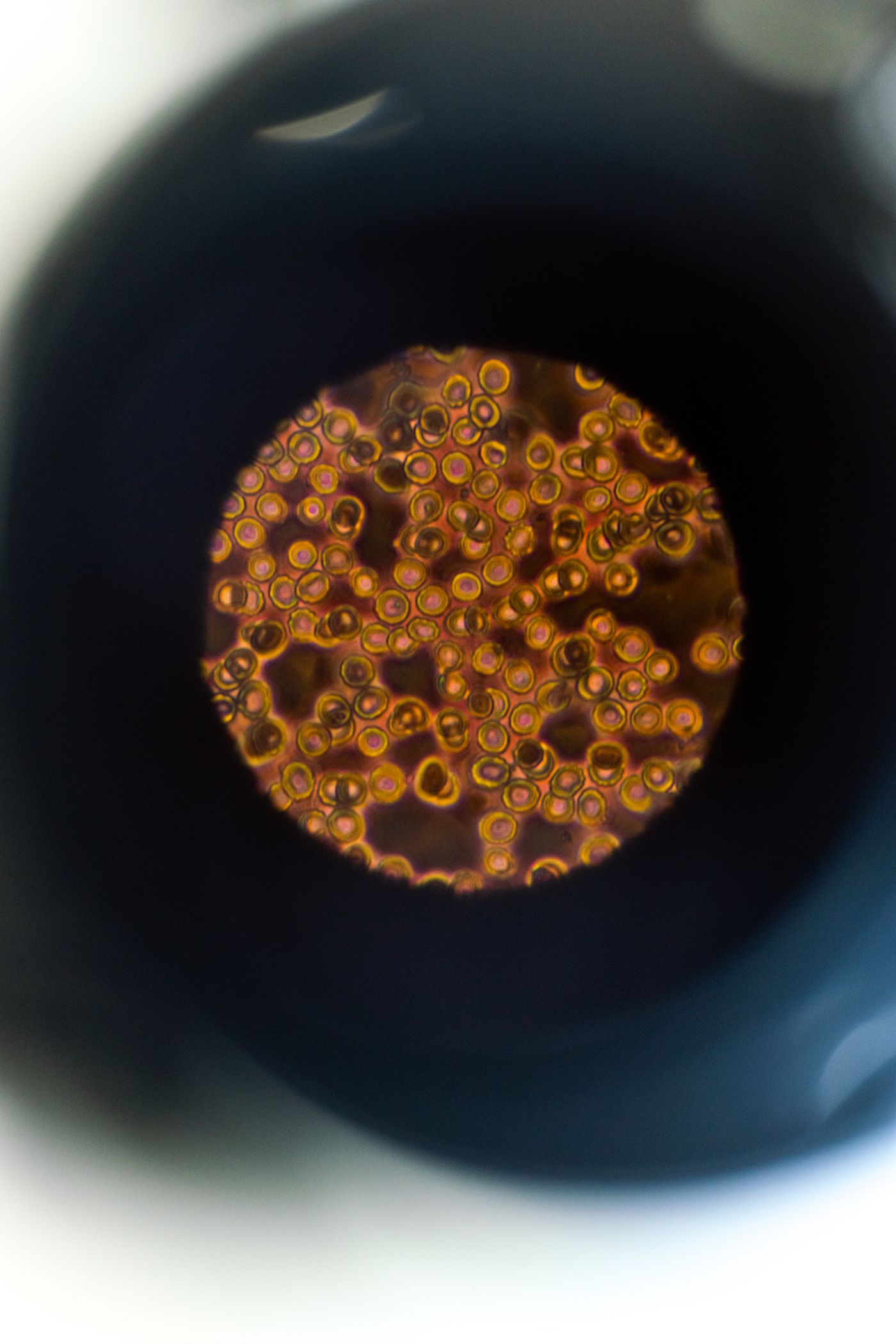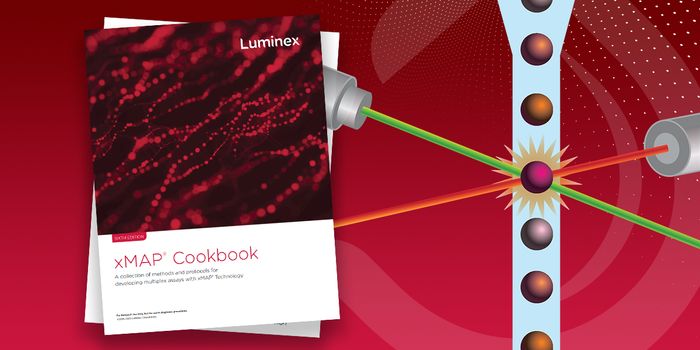Immune-Brain Connection in Rare Disease Puzzles Scientists
Huntington’s disease (HD) is a rare, inherited, and incurable condition associated with the progressive degeneration of neurons in the brain. This has a domino effect, leading to the cognitive, motor, and psychiatric decline of those affected. Neuroscientists at MIT have found that the immune system has a big part to play in this neurological deterioration — an intricate relationship that continues to puzzle and surprise scientists in the field.
Interleukin 6, or IL-6, is a pro-inflammatory molecule synthesized transiently by the immune system in response to environmental stress factors such as infections and injuries. Once these threats are resolved, circulating IL-6 drops down to baseline levels. Interestingly, research has shown that years before any HD symptoms manifest, patients typically present with abnormally elevated levels of IL-6 in their systems. Naturally, neurobiologists hypothesized that dampening systemic IL-6 concentrations could be a treatment strategy for HD patients.
Myriam Heiman, from MIT’s Department of Brain and Cognitive Sciences, led a team that was interested in digging deeper into this brain and immune system interaction. Their work was published in the journal Molecular Neurodegeneration. Using a transgenic mouse model of HD, they created two distinct strains: one that could produce IL-6 normally and one that was genetically engineered to knock out the IL-6 gene.
To the researchers’ surprise, the mice without IL-6 presented with worse HD symptoms. In follow-up explorations of this counterintuitive result, the team sequenced and analyzed the genetic patterns in mouse neurons isolated from both experimental groups. The data revealed that IL-6 knockouts had disrupted neuronal synapses — connections required for neurons to “talk” to each other as part of a neural network.
“Perhaps this worsening of the phenotype is due to perturbation of those synaptic signaling pathways,” said Heiman.
While once regarded as a promising target for HD treatments, blocking IL-6 completely will likely have limited, if any, therapeutic benefit. Ongoing investigations by the team are focused on adding more granularity to the still fuzzy relationship between IL-6 and HD symptoms.
“What these results show us is that we really have to understand which parts of innate immune signaling are activated when and what the order of events is,” adds Heiman.
Sources: MIT News, Molecular Neurodegeneration.









